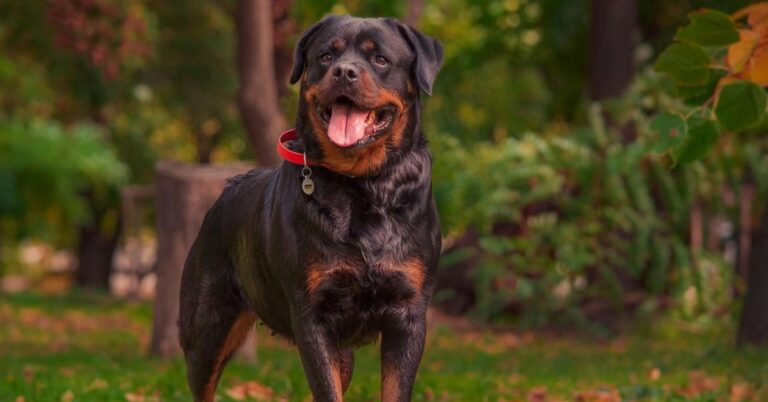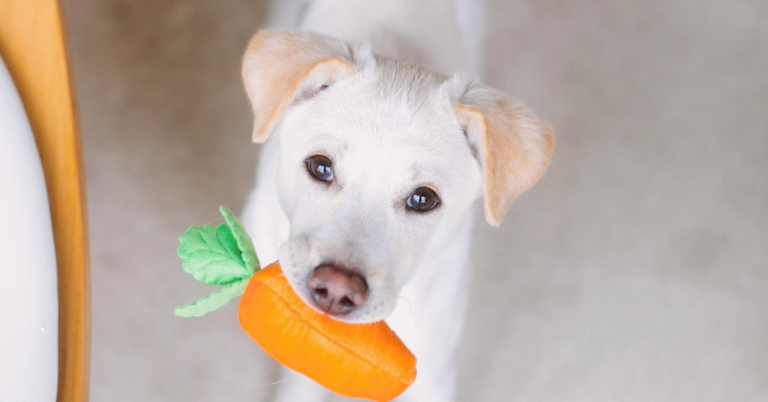10 Facts About the Brown Eye Color In Dogs
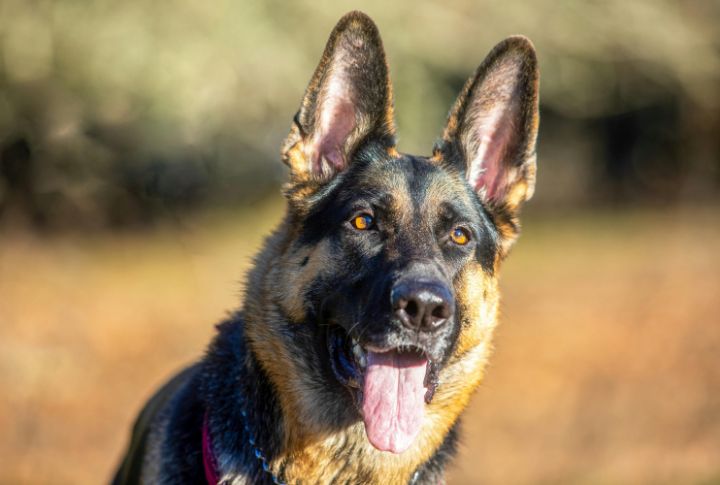
Dogs weren’t born with those deep, chocolate-brown eyes by chance. We kind of made it happen. And it’s not just about looks—it’s about feelings. These ten facts will give you a rundown on how dogs got those brown eyes and why they have been winning hearts for ages.
Brown Eyes Have Ancient Roots
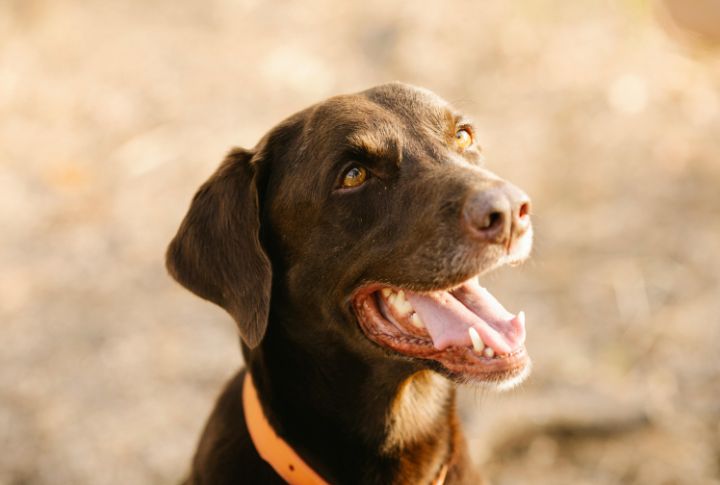
Dogs have been sporting brown eyes since the dawn of domestication. Early human companions favored this trait, and it stuck. Those rich, dark eyes became a feature that has lasted for thousands of years. It made brown-eyed pups very favorable in canine history.
Brown Is the Genetic Default

A dominant gene makes brown the most common eye color in dogs. If your dog has brown eyes, it’s because this gene outshines the rest. Over generations, this trait has made itself the default setting for most dog breeds, from purebreds to lovable mutts.
Melanin Creates the Color
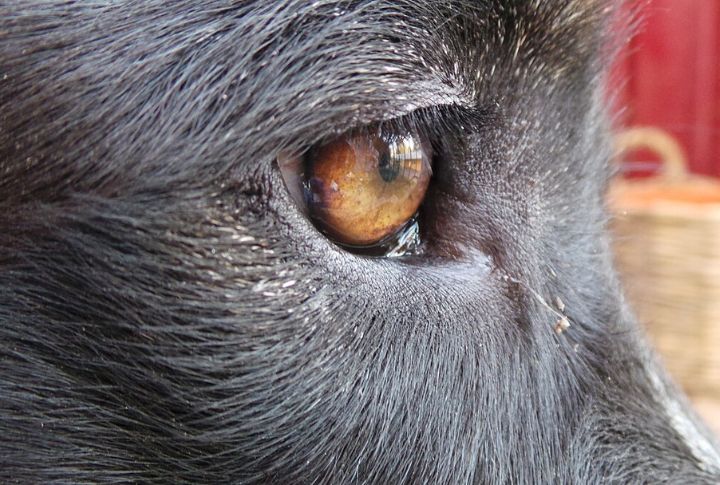
The brown color comes from melanin—a natural substance that sets the color of skin, eyes, and hair in animals and humans. The more melanin packed into your dog’s iris, the darker their eyes become. Melanin also sets the intensity of that chocolate-brown hue.
Puppies Start with Blue Eyes
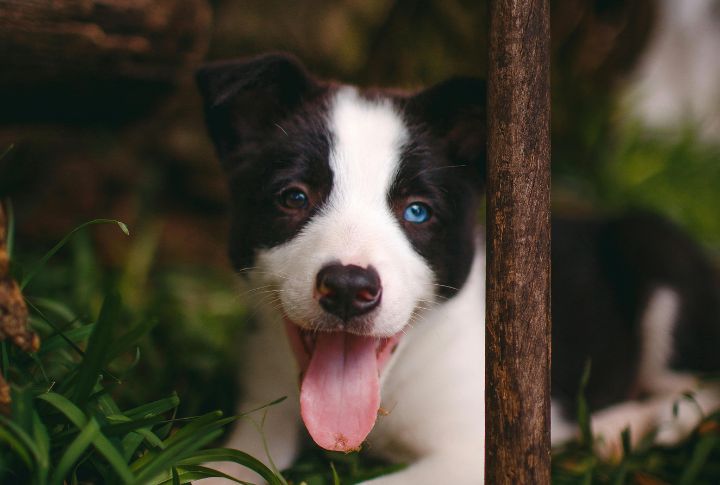
Most puppies are born with blue or gray eyes. Around 8 to 16 weeks, melanin production kicks in, and it transforms their eyes to brown or other shades. That temporary blue phase is like a sneak peek before their true eye color makes its grand debut.
Certain Breeds Always Have Brown Eyes
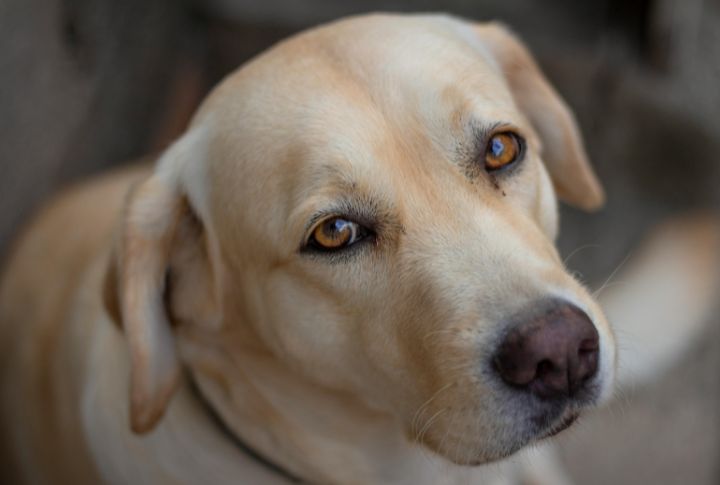
Some breeds are almost guaranteed to have brown eyes. Labrador Retrievers, Beagles, and German Shepherds all sport this classic look. Breed standards and genetics keep this feature consistent, which makes brown eyes a signature trait in these breeds.
Mutts Also Rock the Brown-Eye Look
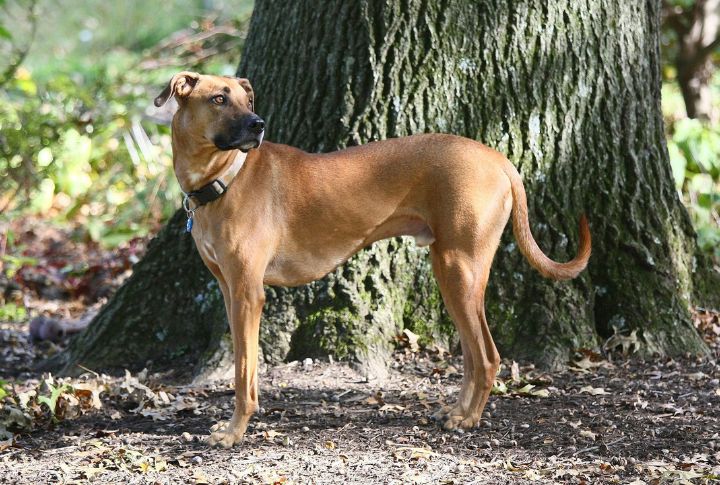
Mixed-breed dogs often end up with brown eyes because of the dominant brown-eye gene. Whether your mutt is a mix of two breeds or ten, chances are those soulful brown eyes are part of their lineage. It’s a genetic jackpot for simplicity and warmth.
Myth Around Extra UV Protection
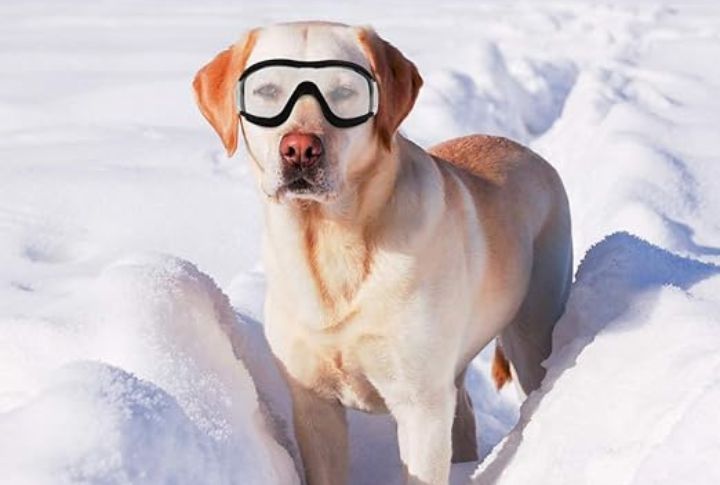
Brown eyes don’t offer better UV protection compared to lighter eyes. Despite myths, eye color doesn’t determine how well your dog’s eyes handle sunlight. Regardless of shade, protecting your pup’s eyes from harsh rays is always a smart move, especially in bright conditions.
Myth Around Eye Health
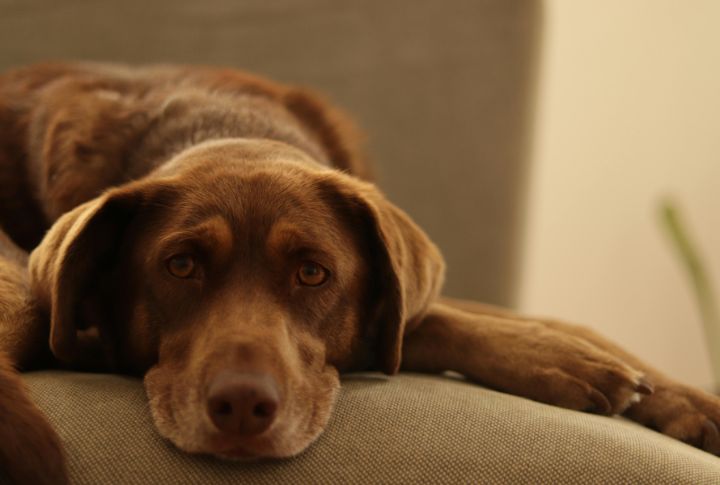
Here’s another one: Eye color doesn’t guarantee perfect vision. Health conditions like cataracts or retinal issues are tied to breed genetics, not eye shade. Brown-eyed dogs are just as prone to certain conditions as blue-eyed ones. It’s all about your pup’s unique genetic makeup.
Humans Love the Brown-Eyed Warmth
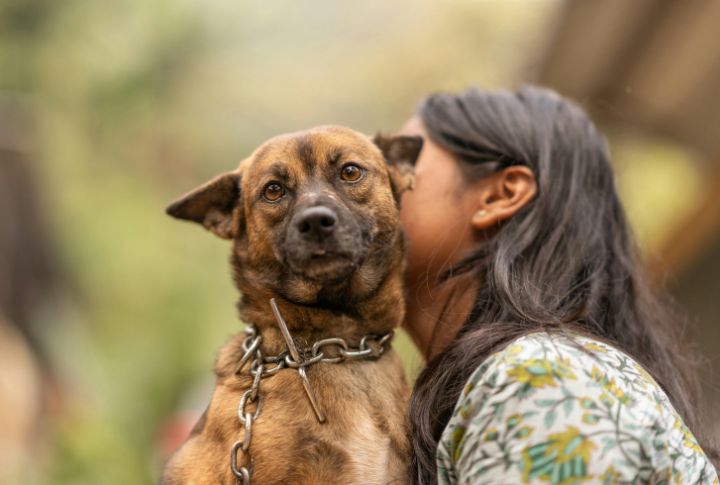
There’s something inherently warm about brown eyes. Dog owners often associate them with loyalty, friendliness, and trust. That deep gaze feels familiar and comforting, like your pup is always saying, “I’m here for you.” Such a look builds an instant connection.
Brown Eyes Resemble Youth and Innocence
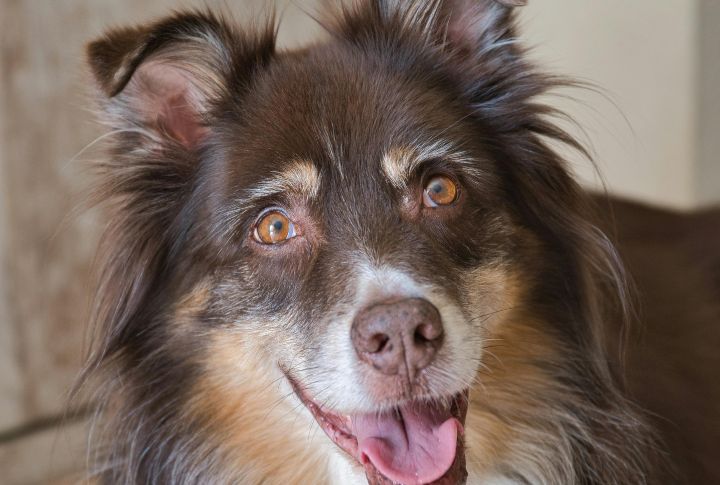
Brown eyes give dogs an irresistibly youthful vibe. Those dark irises blur the pupil and create a wide-eyed, innocent look that tugs at human hearts. It’s no surprise we’ve leaned into this trait for centuries. Who can resist those forever-puppy eyes?
